Louis Stokes Laboratories was dedicated
On Jun. 14, 2001, the National Institutes of Health (NIH) dedicated the Louis Stokes Laboratories (Building 50), a…

On Jun. 14, 2001, the National Institutes of Health (NIH) dedicated the Louis Stokes Laboratories (Building 50), a…

In 2001, The February 16 issue of Science and February 15 issue of Nature contain the working draft…

In 2001, human immunogenetics professor Dr. Gloria M. Dunston founded the National Human Genome Center at Howard University….
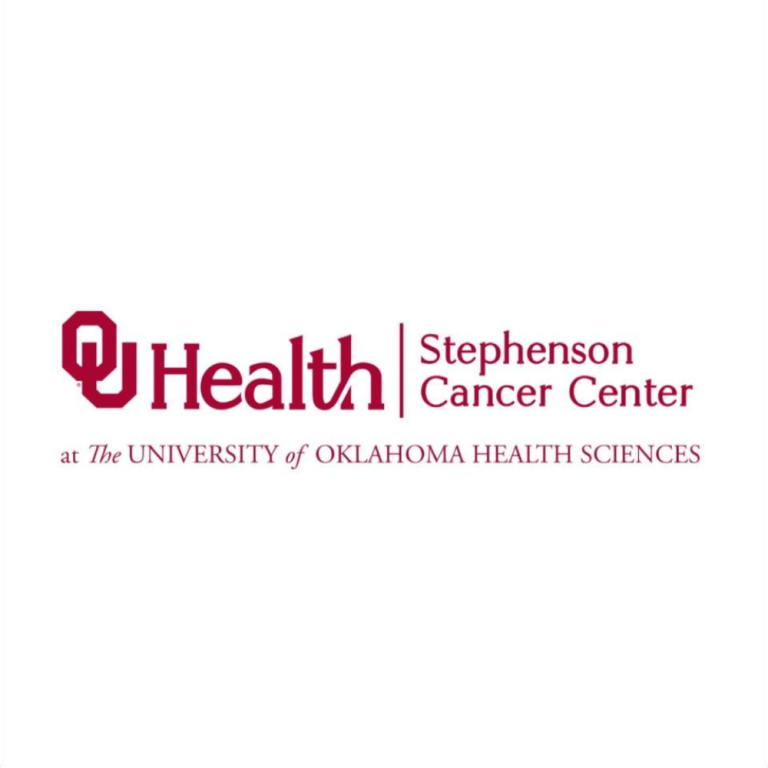
In 2001, the Stephenson Cancer Center was established. Located on the University of Oklahoma (OU) Health Sciences Center…
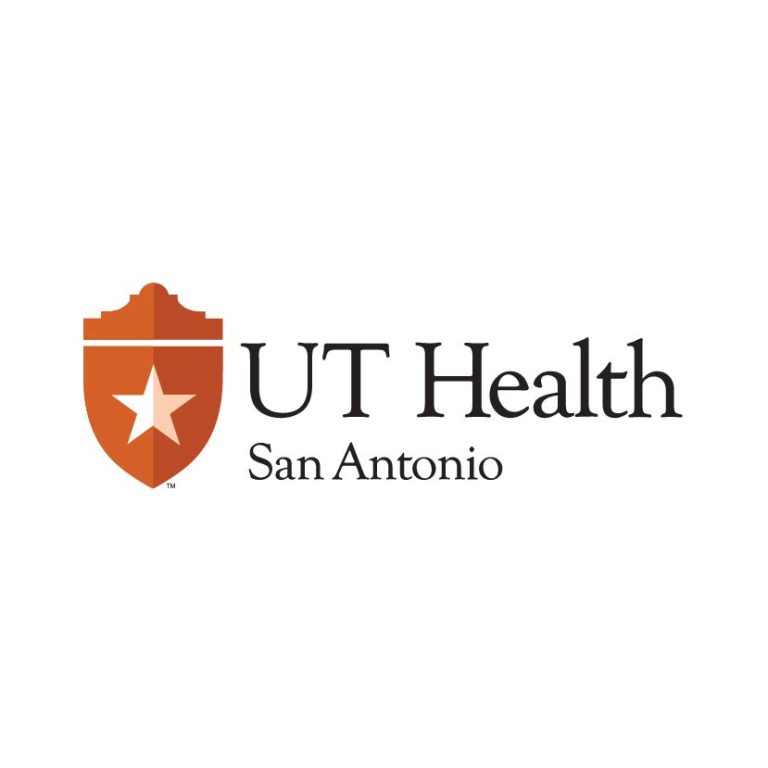
In 2001, the Barshop Institute for Longevity and Aging Studies in the Texas Research Park at UT health…

On Jul. 28, 2000, President Bill Clinton signed into law the Semipostal Authorization Act (P.L. 106-253), which gave…

In 2000, the Holden Cancer Center at University of Iowa received National Cancer Institute (NCI) Center designation. The…

On Jun. 7, 2000, President Clinton issued an Executive Memorandum that directed the Medicare program to revise its…

On May 25, 2000, the National Institute of Allergy and Infectious Diseases (NIAID) announced funding of nine U.S….

On Apr. 10, 2000, the Oregon Health Science Centers (OHSU) Center for Research on Occupational and Environmental Toxicology…
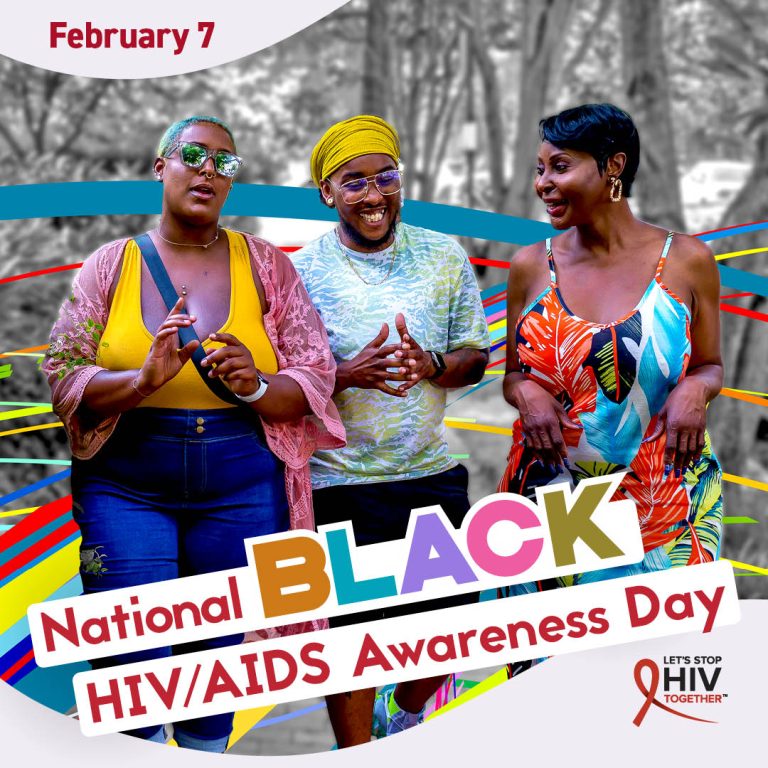
On Feb. 7, 1999, National Black HIV/AIDS Awareness Day was founded by five national organizations funded by the…

In 1999, Siteman Cancer Center investigators joined the STAR (Study of Tamoxifen and Raloxifene) trial for breast cancer…

In 1999, the Eppley Cancer Center became a National Cancer Institute (NCI) designated cancer center. NCI grant funding…

In 1999, ClinicalTrials.gov was founded as an Internet-based resource that provide information about clinical research studies to the…

In 1999, University of California at San Francisco Cancer Research Institute received NCI Comprehensive Cancer Center designation. The…
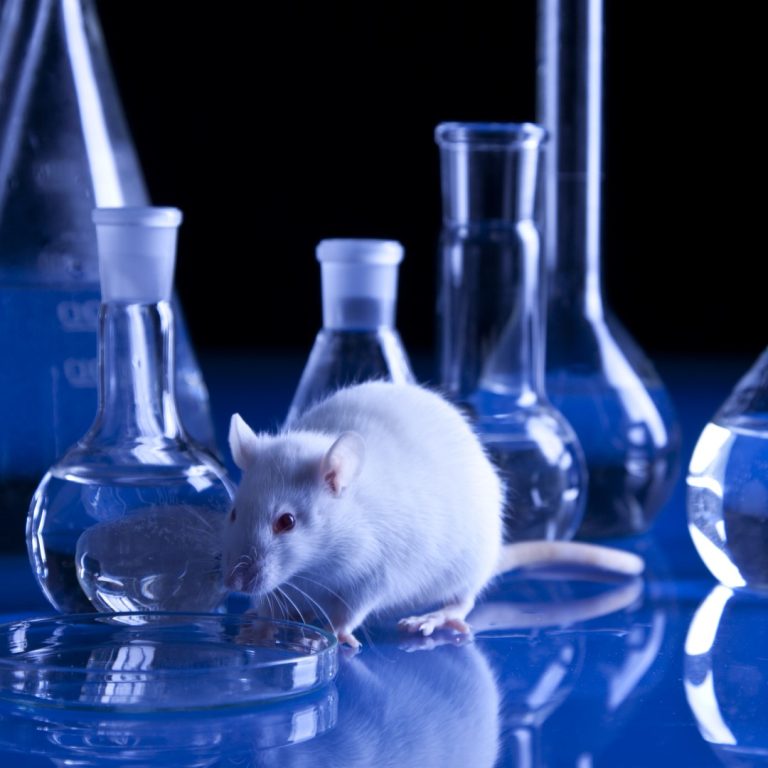
On Oct. 30, 1999, Livermore National Lab work completed work on the mouse genome as part of Laboratory…

In Oct. 1998, the Fetal Alcohol Syndrome Surveillance Network was created to determine the prevalence of FAS within…

On Jul. 29, 1998, the Stamp Out Breast Cancer stamp was first issued. The driving force behind the…

On Feb. 14, 1998, National Donor Day was started by the Saturn Corporation and its United Auto Workers…

In 1998, Cancer incidence rates showed first sustained decline since the National Cancer Institute (NCI) began keeping records…

In 1998, The Case Cancer Center (Case CCC) was recognized as an National Cancer Institute (NCI)-designated comprehensive cancer…

In 1998, National Cancer Institute (NCI) awarded the City of Hope Cancer Center NCI-comprehensive cancer center designation. City…

On Aug. 13, 1997, the Stamp Out Breast Cancer Act (PL 105-41) was signed into law by President…

On Jul. 23, 1997, Richard D. Klausner, M.D., director of the National Cancer Institute (NCI) announced the creation…

On Mar. 4, 1997, President Clinton issued an executive order that banned federal funds for cloning experiments. This…

On Feb. 13, 1997, the American Association for the Advancement of Science (AAAS) Annual Meeting and Science Innovation…

In August 1997, the U.S. Congress passed legislation that directed the U.S. Postal Service to issue its first…
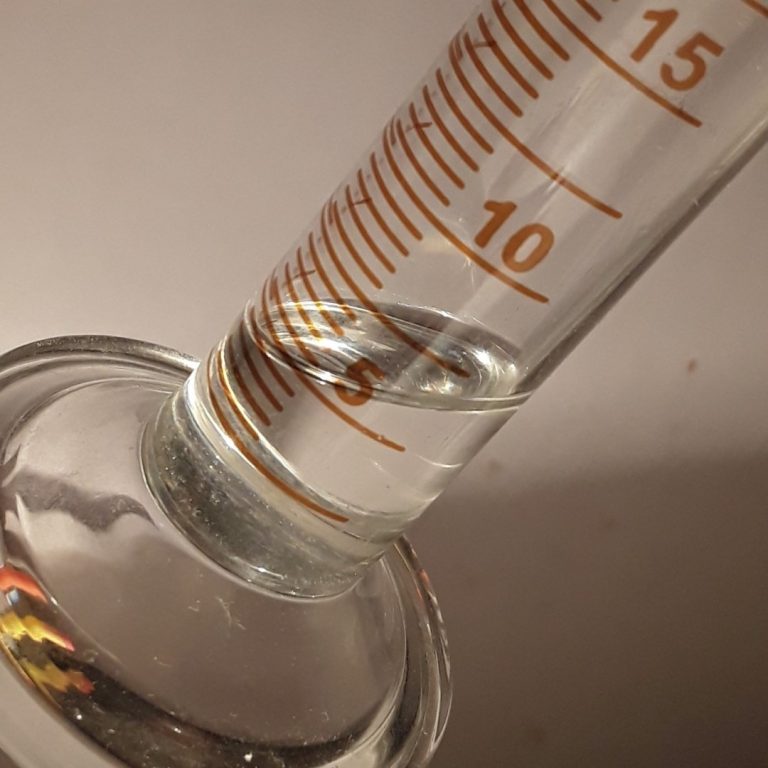
In 1997, the National Cancer Institute (NCI) and Chinese scientists found that occupational exposure to benzene is associated…

In 1997, the the University of California, Irvine (UCI) Chao Family Comprehensive Cancer Center (CFCCC) gained NCI designated…

In 1997, the University of Colorado Cancer Center (CU) at the Anschutz Medical Campus received National Cancer Institute…